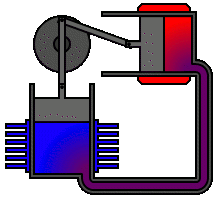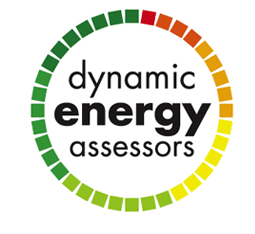micro CHP combined heat and power
Latest entries from the Blog:
- BREEAM Very Good for development in London Borough of Southwark, SE5
- Energy Strategy for a 27 unit change of use in Lewisham
- Energy Strategy Statement for 59 dwellings in Slough
- 50 unit new housing project in Harwich
- BREEAM Very Good and supporting expertise in Ealing, W5
- Carbon Life Cycle Analysis for London Borough of Richmond-upon-Thames
- New building to meet code level 3 in Wandsworth
- Successful planning permission for Orangery in Buckingham
- Planning challenges in Kensington & Chelsea
- Planning permission for glazed extension in Tring
- Local Authority regulations met for new Conservatory in Aylesbury
- Dynamic Energy Assessors provide multiple SAP calculations for client near Redhill
I am often asked about zero carbon or renewable technology during the course of an energy assessment. The other day I was performing a Commercial Energy Assessment to produce an EPC and I was asked about Micro Combined Heat & Power.
Although this technology is not strictly zero carbon/renewable technology it is however; a developing green technology. This article deals with Micro CHP, the simultaneous productiong of heat and electrical power on a domestic scale. These appliances are know as engines rather than boilersand there are 3 main types
The Stirling Engine
 Is the most common, it is an engine that operates by expansion and compression of gases
Is the most common, it is an engine that operates by expansion and compression of gases
The engine runs on mains gas or LPG and typically achieves efficiencies of between 85% and 90%. Most of the output is in the form of space and water heating for domestic use (65% – 80%) and between 10% – 25% of the energy from the fuel is copnverted into electricity; the remainder being lost as waste in the flue gases
Micro CHP systems therfore have a similar efficiency to a gas fired condensing boiler; although only when the usable heat output and the electricity output are added together.
Wikipedia entry for Micro-CHP contains further detailed information
Fuel cell CHP technology
Is new to the market in the UK and globally. Fuel cells work by taking energy from fuel at a chemical level rather than burning it. The technology is still at developmental stage and not currently available to consumers.
Internal combustion engine CHP
Is the most proven technology. These are essentially, and sometimes literally, truck diesel engines modified to run on natural gas or heating oil, which are connected directly to an electrical generator. Heat is then taken from the engine’s cooling water and exhaust manifold. Generally they produce twice as much heat as electrical power and have, to date, been primarily used in larger commercial-scale applications in the UK.
The advantages
– They reduce the carbon emissionsfrom the dwelling by up to 16%, because locally generated electricity is much more efficient than electricity supplied by power stations and there are no transmission losses (ref. Peacock & Newborough, 2005)
– They are likely to enhance efficiency and environmental impact ratings in an Energy Performance Certificate ( EPC )
– They generate electricity as a by-product of combustion to offset the cost of electricity that is brought in from teh national grid
– Surplus electricity production can be exorted to the national grid (subject to provision of an export meter)
– Generating electricity with a domestic setting can be the catalyst for increasing enthusiasm for energy efficiency by the home owners
Current Micro CHP units use fossil fuels however; to further reduce carbon emissions from dwellings in the UK, the use of other fuel sources are being developed. An increase in the use of biomass to power Micro CHP will limit the use of fossil fuels an dreduce teh carbon emissions from dwellings
Recently published reasearch into the integration of fuel cell systems and Micro CHP units suggests the electrical output may be extended to 40%. Hawkws (et al), 2009 believes that fuel cell Micro CHP can significantly reduce primary energy consumption and bolster national energy security
Further information on CHP



Leave a Reply